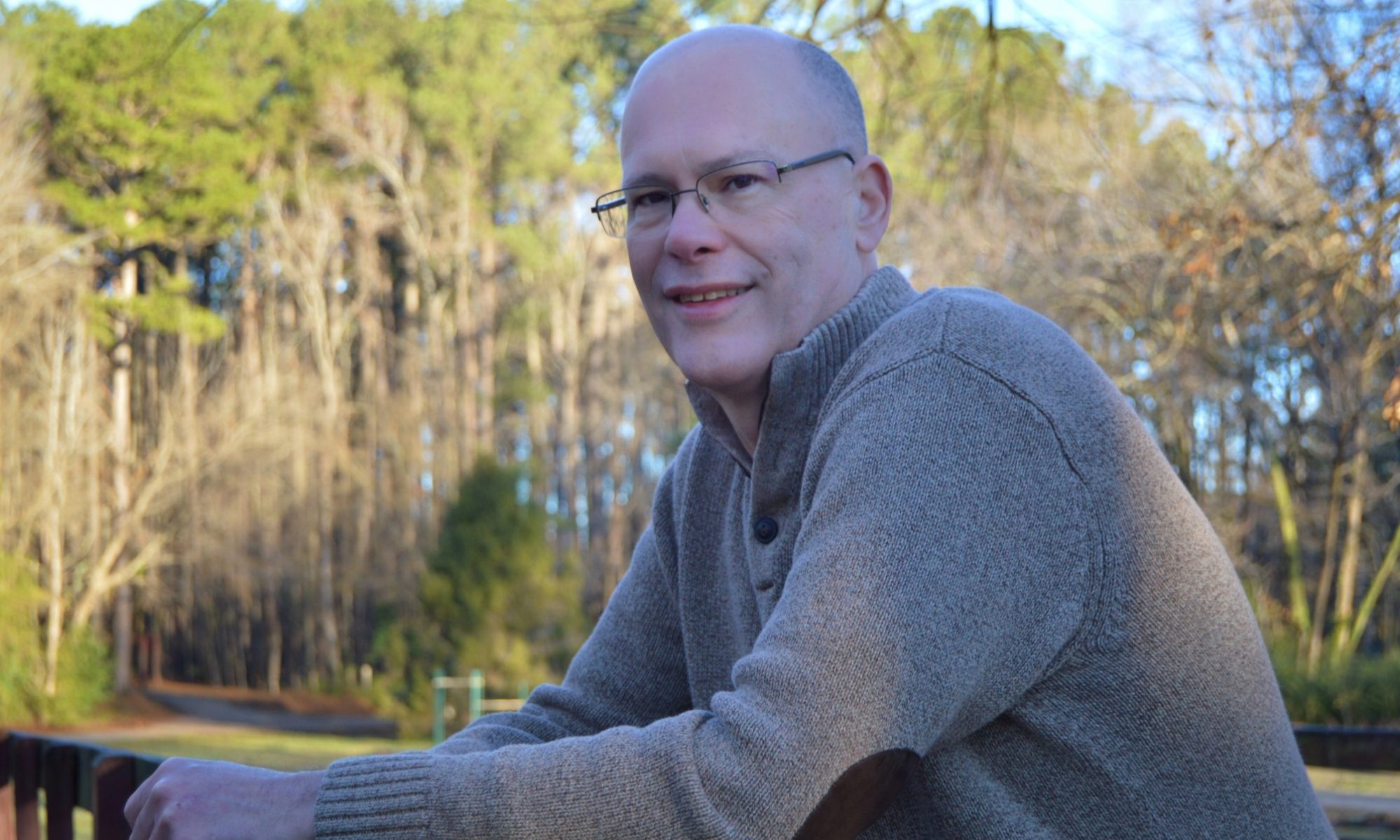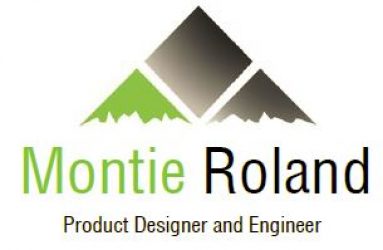
by Tom Vass, Vice-President, RTP Product Development Guild
The RTP regional economy has a unique set of economic strengths in technology innovation. The basic platform for all the strengths comes from the population of scientists and engineers who live in the region. Raleigh tops America for PhDs per capita for a metro city.
The RTP is geographically the largest research park in the world and is home to more than 130 R&D companies, employing nearly 40,000 workers. The RTP is home to IBM, GSK, Cisco Systems, DuPont and Sony Ericsson.
The high number of PhDs, and the location of large high tech corporations sets the stage for technology commercialization in distinct product areas. Our focus at the Guild is on product development because that leads to new venture creation which leads to new markets.
New markets are essential for wealth creation because persistence in the status quo distribution from current markets of wealth tends to lead to economic stasis. We suspect there is a mutually reinforcing relationship between wealth creation and new product creation, meaning that the more of one leads to the more of the other.
However, this relationship is perfectly symmetrical, which means that the longer the status quo of current markets remains constant the longer the existing distribution of wealth will stay the same. The result will be lower rates of innovation and new product development.
New products do not get created without a lot of effort, and our basic business model addresses how to help entrepreneurs commercialize their ideas. Our approach to new product development is different than the existing players in the region.
We focus attention on independent entrepreneurs who are not affiliated with the tech transfer programs at the local universities. We also target small engineering and manufacturing firms, and spin-offs from the R&D efforts of the larger corporations. We suspect that many of the 40,000 workers in the RTP have great ideas that could turn into great products if they follow the business development model of the RTP Product Development Guild.
During the month of October, we are going to target product development in the 4 areas we think will be most beneficial to regional economic growth. Each product area shares a common technological platform in both design and production, even though the end market users of the products are different.
On each Wednesday evening of October, we will host an educational seminar at our facilities in Morrisville, N. C., to introduce our model to budding entrepreneurs in each product area.
Our selection of product areas are:
1. October 10. Consumer technology products for the mass retail market.
2. October 17. Health monitoring and home health care products.
3. October 24. Sports and recreational equipment.
4. October 31. Homeland defense products.
We will charge a small admission fee, and our seating is limited to the first 20 entrepreneurs who register to attend. We are soliciting the participation of individuals and small companies who are curious about our business model of advice for commercializing technology.
We think that participants will gain benefits from meeting each other, and listening to how others are going about the process of commercializing their product ideas. If the RTP Guild model seems attractive, then the next step would be to apply as a project candidate for one of the Guilds product development teams.
While commercializing technology is a great objective, we think that the bigger goal for each entrepreneur is to win the Guilds prestigious annual award for the RTPs Most Disruptive Product Technology, presented in March of each year. But, you cant win the prize unless you get in the game.
Registration for the October events is at: www.rtpproductguild.com









